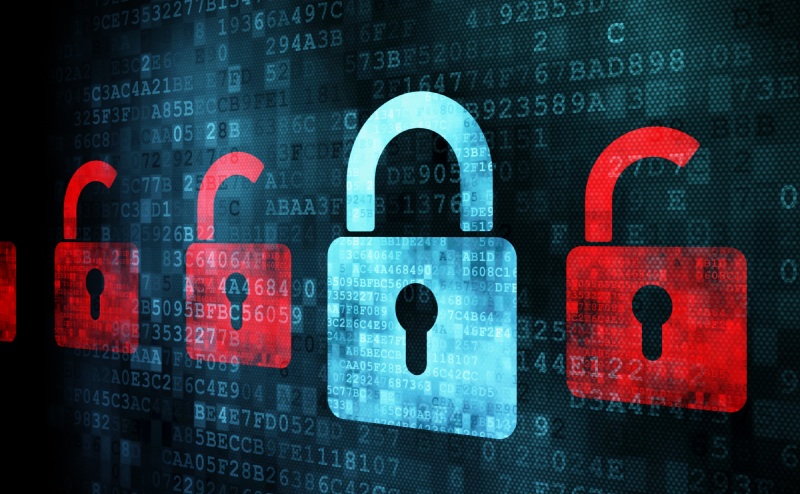

There are nearly 60 million freelancers in the United States alone, and the vast majority of these people are working from home.
Along with this increase in freelance and remote work has been a corresponding rise in cybersecurity threats aimed at home networks. Ever the opportunists, hackers quickly realigned their strategies to take advantage of the unsuspecting WFH crowd.
For freelancers, the risks presented by hackers are two-fold. On the one hand, hackers can steal your personal data. On the other, there is the potentially much more serious risk that, via your own home network, hackers can gain access to your clients’ data. If you are responsible for your clients getting hacked, your reputation is going to take a long time to recover.
Luckily for remote workers, setting up basic safety precautions to secure your home network, and also protect those of your clients, can be simple and straightforward. In this article, we will show you how.
Your Router Is Your First Line Of Defense
First things first: make sure you understand your priorities as you begin to plan your home security defense system. Where should you focus your attention first? That’s easy. The router.
Your internet router is the core of any home network. Think of it as the central hub of a medieval walled city, a bustling marketplace where all of your different devices connect to the internet and to each other. If the router is the heart of your daily internet-based interactions, then it is also the first place hackers attempt to strike.
Since most home networks rely on one single router to connect to all wireless devices, that is the place where your homegrown cybersecurity should start.
Use A Password For Your WiFi Network
The first thing is to log into the router’s control panel. Access this online by opening a browser and entering the IP address (often 192.168.15.1).
Check the manufacturer sticker on the router for an alternate if that doesn’t work. From there, change your WiFi password and SSID (Service Set Identifier). Your router most likely came pre-programmed with an exceedingly complex and difficult to guess default like “admin.”
Seriously. That’s likely what your password is right now. Think a few hackers know that as well? Inside the router control panel, change it, following secure password guidelines, and your first line of defense is complete.
Make sure not to include any personal information in your password. Experts suggest that it be at least 12 characters long, and the less sense it makes, the more secure it will be. In other words, don’t include a famous quote or lyrics from your favorite pop song.
For added security, consider a password manager to securely store and regurgitate at a moment’s notice all your sensitive passcodes when you need them. It’s easier on your brain and a widely recommended security tool for accessing online accounts and subscriptions.
Additionally, regularly updating your passwords, usernames, admin login details, and even your WiFi network name all contribute to a security system that is dynamic and more likely to prevent hackers from accessing your details.
Utilize a VPN
Now that you’ve updated your WiFi password and SSID, it’s time to think about the next step. One elegant option is to use a VPN (Virtual Private Network) to protect your connection. Think of a VPN like a cloak of invisibility – once you install it on a device or router, it cloaks that device’s location and encrypts associated internet browsing.
The VPN allows you to browse in private, knowing that no one can see what you are doing online. Obviously, this makes it harder for a hacker to find you online, and that will keep both you and your clients safe from them.
Some wireless routers are not able to run VPN software, so it’s worth looking into the options available to you and perhaps investing in a VPN-compatible router. Although VPN routers can be expensive, the actual software doesn’t have to break the bank. Most of these software companies offer some sort of free trial to get your feet wet and then charge $5 to $10 per month after that. VPN software is definitely one of the easiest and cheapest ways to boost your home cybersecurity.
Set Up A Firewall
To return to our previous metaphor, if the router is the heart and center of your town, then installing a firewall on your router is equivalent to creating a limited access moat with a drawbridge that controls who has access.
The firewall system filters messages that are exchanged between the internet and your devices, determining which are allowed to pass and which are suspicious and stopped.
One benefit of a strong firewall is that it is designed to stop malicious programs (malware) that may have been able to sneak onto your home network from sending your personal data back out to the hackers who sent it. A firewall also prevents harmful websites from accessing your network and entering your internet traffic.
While most routers have a firewall built-in, you should check to see whether or not it requires activation. If this is the case, consult the instruction manual for how to do this. Make sure the setting called “Firewall” or “SPI Firewall” is turned on and voila! You have a stern-faced sentry guarding your walled city gates, carefully judging each potentially malicious visitor to determine whether or not they should be granted access to your network.
Better Safe Than Sorry
The actions we’ve outlined above highlight several basic steps you can take towards securing the safety of your home network. Of course, no single approach is 100% effective, and as hackers and malware evolve, your home network security system will have to evolve too.
As you approach this process, one of the most important tools you can use to shore up your network security is common sense. Avoid suspicious looking websites and sketchy-seeming downloads.
Don’t give out your personal details on any website where you feel unsure. Use your research abilities: if something seems wrong, you can always look it up online to try to determine whether software or a website is legitimate.
Make sure you apply any software updates as soon as they become available. You should check for updates at least weekly and even daily or even daily. As hackers find ways to break into a program, the manufacturer provides updated code that closes the breach. Unless you download and install the new code, you aren’t protected.
Looking for more tips on things you should know about working from home? Check out this helpful resource.

